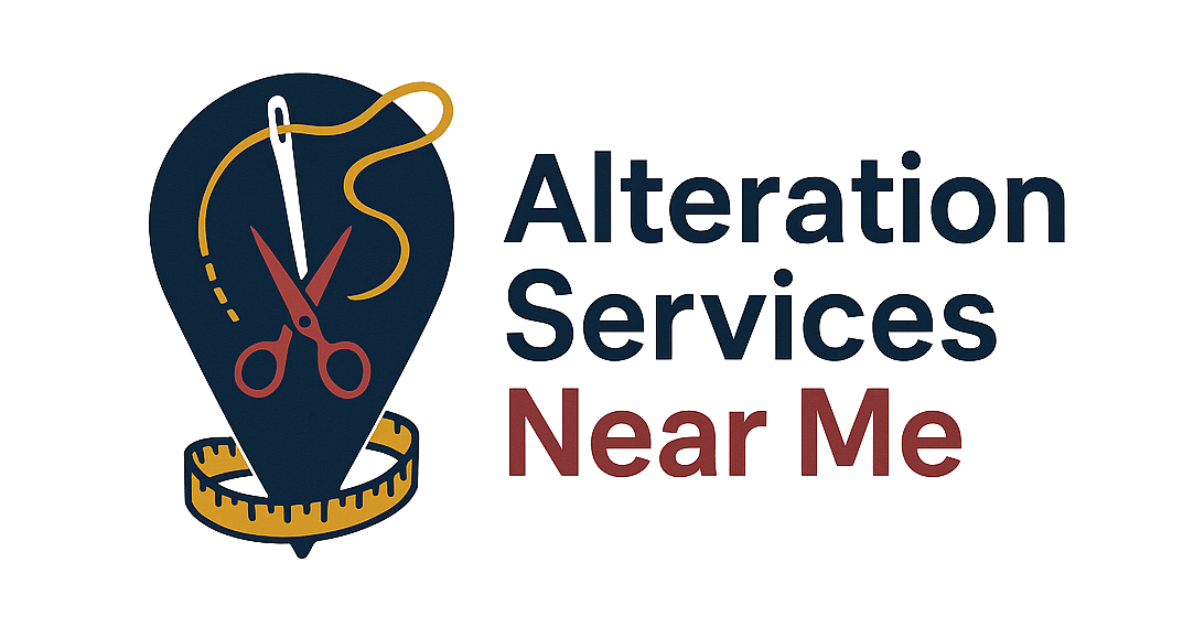
Coat Sleeve Shortening & Outerwear Alteration Guide
Estimated reading time: 8 minutes
Key Takeaways
- Precision Fit: Proper sleeve length boosts warmth and style.
- Professional vs. DIY: Heavy fabrics and linings often require expert tools.
- Cost & Timing: Expect $30–$80 for sleeves and 1–7 days turnaround.
Table of Contents
- Introduction
- Why Fit Matters for Heavy Outerwear
- Coat Sleeve Shortening
- Trench Coat Tailoring
- Alter Winter Coat Waist
- Frequently Asked Questions

Discover the Best Alteration Services Near You
Explore top-rated alteration services across America, sorted by reviews and ratings. Search by state, city, or zip code.
Find Alteration Services NowIntroduction
Coat sleeve shortening is the process of reducing sleeve length to align the cuff just at the wrist bone for optimal fit and function. Ill-fitting sleeves allow cold air infiltration, compromising the thermal efficiency of your coat or jacket. Discover more in our coat sleeve shortening explained in detail.
Beyond comfort, tailored coats enhance posture and create a polished appearance that boosts confidence.
In this guide, you’ll find practical next steps—including questions to ask tailors and cost estimates—as well as tips on vetting and questioning your tailor.
- Coat sleeve shortening
- Trench coat tailoring
- Winter coat waist adjustments
- Leather jacket fit tweaks
- Blazer waist suppression
- Coat relining services
- Shoulder pad adjustments
- Coat length shortening
Why Fit Matters for Heavy Outerwear
Thermal Efficiency
Proper coat fit prevents gaps that let warm air escape and cold air enter, preserving insulation. Too-long sleeves also restrict movement and force constant adjustment. See the impact in our sleeve fit video.
Silhouette Benefits
A well-tailored coat aligns at the shoulders and waist, creating a flattering silhouette. Correct sleeve length shows the perfect amount of shirt cuff. Learn more in this visual guide.
DIY Difficulty
Heavy fabrics, linings, and trims demand industrial tools and expertise. For DIY pointers, review our DIY clothing alterations guide or follow these hemming and stitching tips. Watch the process in our DIY hemming tips video.
Coat Sleeve Shortening
When Sleeves Need Shortening
Look for cuffs dragging over your hands or fabric bunching at the wrists. Proper sleeves end at the wrist bone with about ¼ inch of shirt cuff showing.
Precise Measurement Protocol
- Measure from center back neck over shoulder to wrist bone.
- Subtract 1 cm for seam allowance.
- Mark new hemline with tailor’s chalk.
- Always measure both arms separately.
Professional Shortening Process
The tailor will tape and chalk the new hem, unpick cuff linings and buttonholes, trim excess fabric (keeping a 3 cm seam allowance), then reattach linings and buttons. This ensures an even finish and preserves design. Watch the professional shortening process video.
DIY Considerations
DIY sleeve shortening requires:
- Sharp fabric shears
- Quality seam ripper
- Heavy-duty sewing machine
- Experience with thick materials
Without the right tools, uneven hems or damaged linings are common.
Cost & Turnaround
Expect $30–$80 based on fabric, lining complexity, and button details. Turnaround runs 1–7 days—complex lined sleeves take longer. Always confirm timing at drop-off. For more details, see our tailoring cost estimates and alteration turnaround time guide.
Trench Coat Tailoring
Unique Trench Coat Elements
Trench coats feature:
- Belted waist with buckle
- Epaulettes (shoulder flaps)
- Storm flap across chest
- Water-resistant finish
These details must be realigned precisely to maintain classic functionality and style.
Step-by-Step Tailoring Process
- Measure and mark new seams at sides and shoulders.
- Remove and note original positions of belt loops and epaulettes.
- Stitch through shell and lining layers.
- Reattach belt loops and epaulettes with original spacing.
- Refinish hems and storm flaps in original stitch style.
Fabric Considerations
- Gabardine: medium-weight needles, careful pressing to avoid shine.
- Cotton blends: higher pressing temps, compatible needles.
- Thread weight must match original.
- Preserve water-resistant finishes with special handling.
Alter Winter Coat Waist
The Boxy Winter Coat Challenge
Insulated coats often hide the natural waist, resulting in a boxy look. These solutions add definition without sacrificing warmth.
Internal Waist Tie
- Sew a 1″ grosgrain ribbon at side-seam level.
- Access tie from inside the coat.
- Cinch to define waist temporarily.
Hidden Darts
- Sew 4–6″ darts from lining into shell at waist.
- Taper gradually to blend external appearance.
Side-Seam Take-In
- Unpick ~2 cm from each side seam.
- Resew with a new taper for definition.
- Realign lining to match shell dimensions.
See detailed side-seam take-in techniques.
Frequently Asked Questions
Q: How do I know if my coat sleeves are too long?
Check if the cuff drags over your hands or fabric bunches at the wrist. Ideal sleeves end at the wrist bone, showing about ¼” of shirt cuff.
Q: Can I shorten lined coat sleeves at home?
Without a heavy-duty machine and lining expertise, DIY often leads to uneven hems or damaged linings. Professional tailors deliver a cleaner finish.
Q: What factors affect alteration cost?
Fabric weight, lining complexity, functional buttonholes, and design details all influence pricing. Expect $30–$80 for sleeve shortening.
Q: How long will my alteration take?
Most sleeve alterations finish in 1–7 days. Complex work on heavy linings or functional cuffs may require additional time. Always confirm timelines with your tailor.